The inside of Iceland’s glaciers looks like another planet
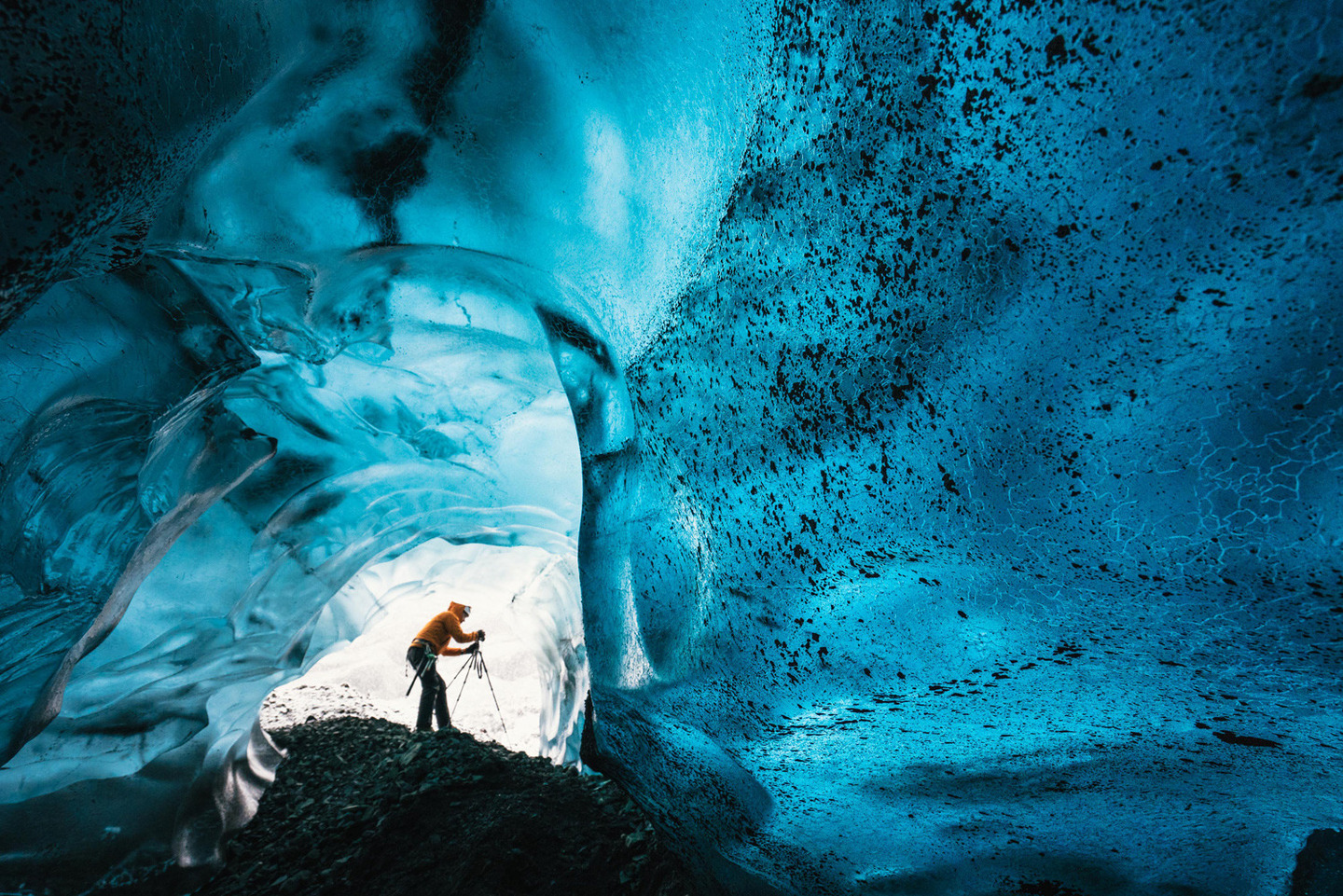
Located deep inside Iceland's Vatnajökull glacier is a blue ice cave wonderland.
These caves are only accessible during certain times of the year. As the glacier shifts, it can reveal different access points to complex cave systems that are there for only a matter of weeks before the glacier changes again.
The Vatnajökull glacier is one of the largest in Europe and the caves, while breathtaking, are inaccessible without guides. Some of the caves can require hiking and climbing for nearly two hours.

EMBARGOED FOR USE ONLINE AND PRINT UNTIL 00:01 26/11/15Inside the ‘ABC cave’ — which stands for Amazing Blue Cave
Photographer explores Vatnajökull glacie using Sony’s back-illuminated full-frame sensor, Iceland — 25 Nov 2015
*Full story: http://www.rexfeatures.com/nanolink/rm22
Photographer Mikael Buck with assistance from renowned local Icelandic guide Einar Runar Sigurdsson, explored the frozen world of Vatnajökull glacier in Iceland using Sony’s world first back-illuminated full-frame sensor, which features in the 7R II camera. His images were taken without use of a tripod or any image stitching techniques in photoshop. This was made possible through Sony’s new sensor technology, allowing incredibly detailed low-light hand held photography. Previously images this detailed would have required carrying bulky equipment to the caves, some of which can require hiking and climbing over a glacier for up to two hours to to access. The images were taken without the use of any external sources — just the natural light that filters through the ice caves.
(Rex Features via AP Images)
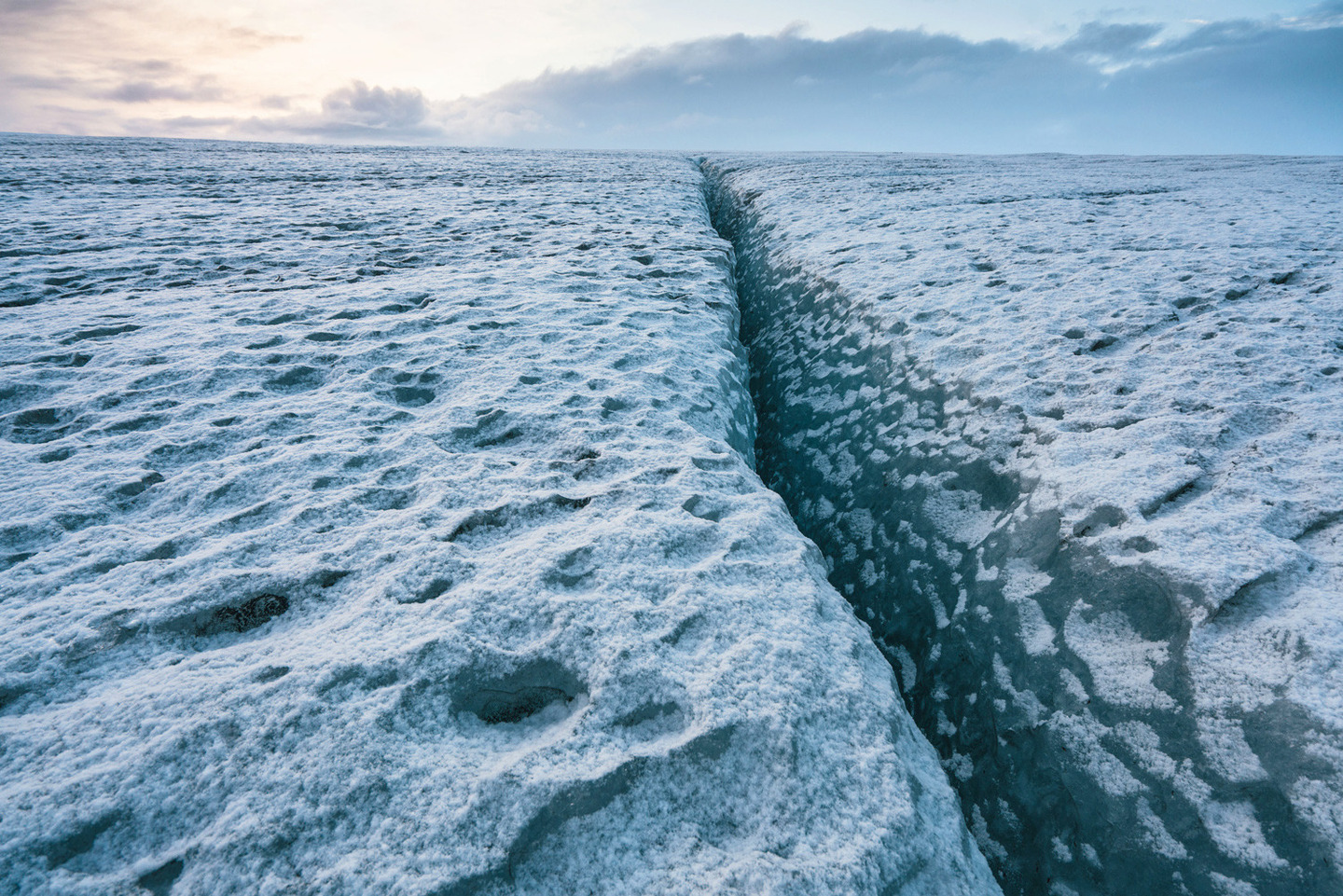
EMBARGOED FOR USE ONLINE AND PRINT UNTIL 00:01 26/11/15On top of the Vatnajökull glacier
Photographer explores Vatnajökull glacie using Sony’s back-illuminated full-frame sensor, Iceland — 25 Nov 2015
*Full story: http://www.rexfeatures.com/nanolink/rm22
Photographer Mikael Buck with assistance from renowned local Icelandic guide Einar Runar Sigurdsson, explored the frozen world of Vatnajökull glacier in Iceland using Sony’s world first back-illuminated full-frame sensor, which features in the 7R II camera. His images were taken without use of a tripod or any image stitching techniques in photoshop. This was made possible through Sony’s new sensor technology, allowing incredibly detailed low-light hand held photography. Previously images this detailed would have required carrying bulky equipment to the caves, some of which can require hiking and climbing over a glacier for up to two hours to to access. The images were taken without the use of any external sources — just the natural light that filters through the ice caves.
(Rex Features via AP Images)
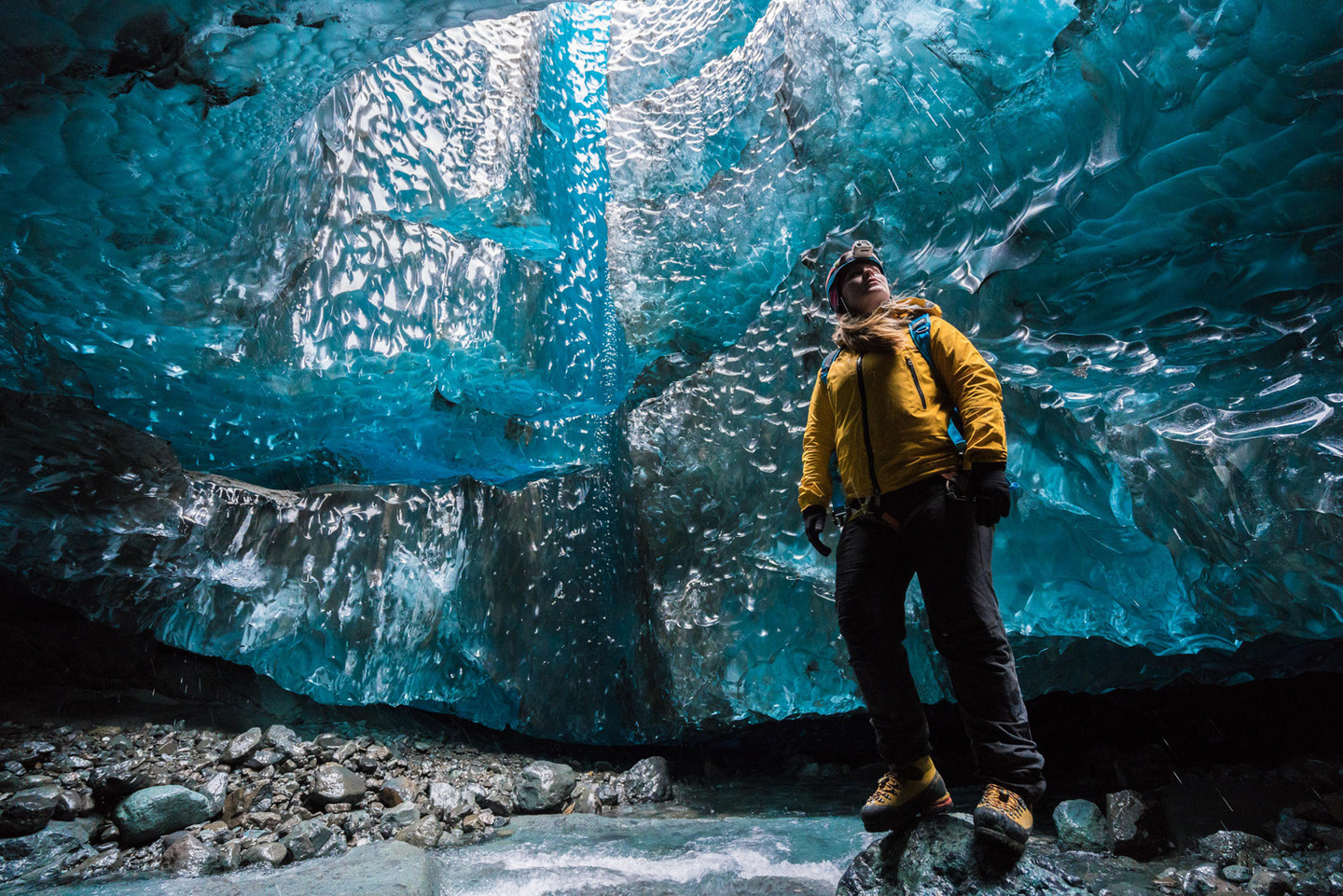
EMBARGOED FOR USE ONLINE AND PRINT UNTIL 00:01 26/11/15Guide Helen Maria is pictured inside the waterfall cave
Photographer explores Vatnajökull glacie using Sony’s back-illuminated full-frame sensor, Iceland — 25 Nov 2015
*Full story: http://www.rexfeatures.com/nanolink/rm22
Photographer Mikael Buck with assistance from renowned local Icelandic guide Einar Runar Sigurdsson, explored the frozen world of Vatnajökull glacier in Iceland using Sony’s world first back-illuminated full-frame sensor, which features in the 7R II camera. His images were taken without use of a tripod or any image stitching techniques in photoshop. This was made possible through Sony’s new sensor technology, allowing incredibly detailed low-light hand held photography. Previously images this detailed would have required carrying bulky equipment to the caves, some of which can require hiking and climbing over a glacier for up to two hours to to access. The images were taken without the use of any external sources — just the natural light that filters through the ice caves.
(Rex Features via AP Images)
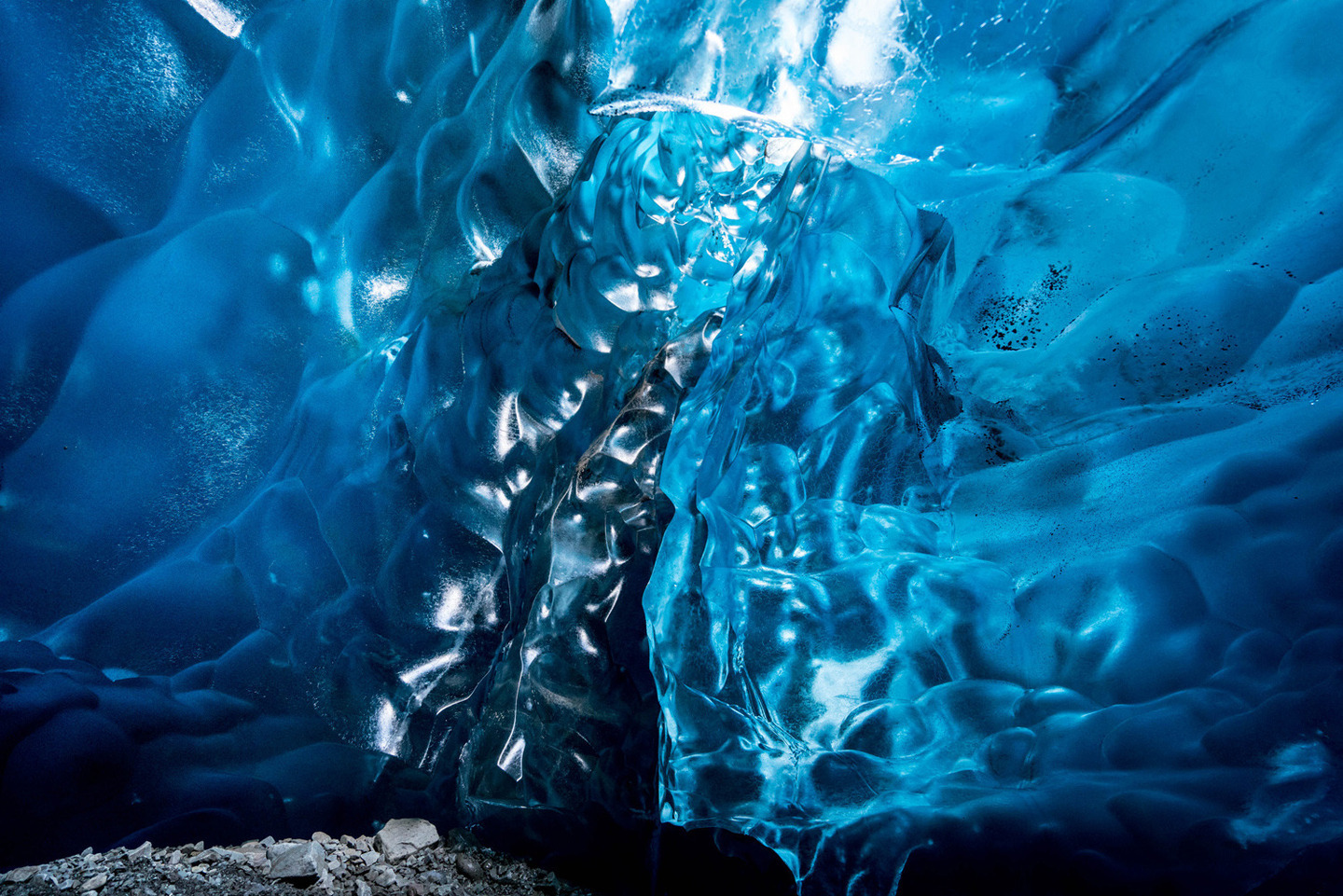
EMBARGOED FOR USE ONLINE AND PRINT UNTIL 00:01 26/11/15Inside the ‘ABC cave’ — which stands for Amazing Blue Cave
Photographer explores Vatnajökull glacie using Sony’s back-illuminated full-frame sensor, Iceland — 25 Nov 2015
*Full story: http://www.rexfeatures.com/nanolink/rm22
Photographer Mikael Buck with assistance from renowned local Icelandic guide Einar Runar Sigurdsson, explored the frozen world of Vatnajökull glacier in Iceland using Sony’s world first back-illuminated full-frame sensor, which features in the 7R II camera. His images were taken without use of a tripod or any image stitching techniques in photoshop. This was made possible through Sony’s new sensor technology, allowing incredibly detailed low-light hand held photography. Previously images this detailed would have required carrying bulky equipment to the caves, some of which can require hiking and climbing over a glacier for up to two hours to to access. The images were taken without the use of any external sources — just the natural light that filters through the ice caves.
(Rex Features via AP Images)
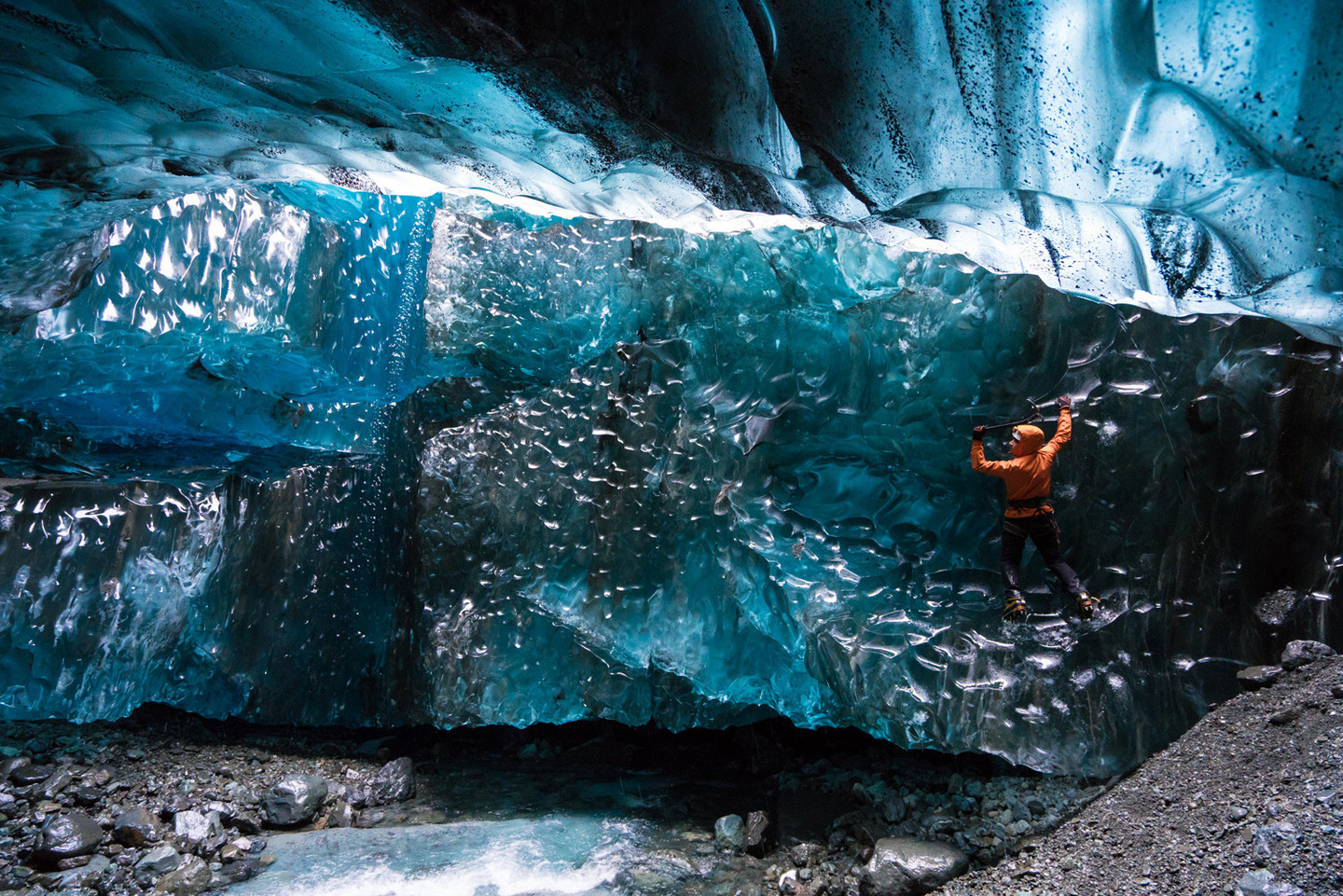
EMBARGOED FOR USE ONLINE AND PRINT UNTIL 00:01 26/11/15Guide Einar Runar Sigurdsson is seen ice climbing inside the ‘Waterfall Cave’
Photographer explores Vatnajökull glacie using Sony’s back-illuminated full-frame sensor, Iceland — 25 Nov 2015
*Full story: http://www.rexfeatures.com/nanolink/rm22
Photographer Mikael Buck with assistance from renowned local Icelandic guide Einar Runar Sigurdsson, explored the frozen world of Vatnajökull glacier in Iceland using Sony’s world first back-illuminated full-frame sensor, which features in the 7R II camera. His images were taken without use of a tripod or any image stitching techniques in photoshop. This was made possible through Sony’s new sensor technology, allowing incredibly detailed low-light hand held photography. Previously images this detailed would have required carrying bulky equipment to the caves, some of which can require hiking and climbing over a glacier for up to two hours to to access. The images were taken without the use of any external sources — just the natural light that filters through the ice caves.
(Rex Features via AP Images)
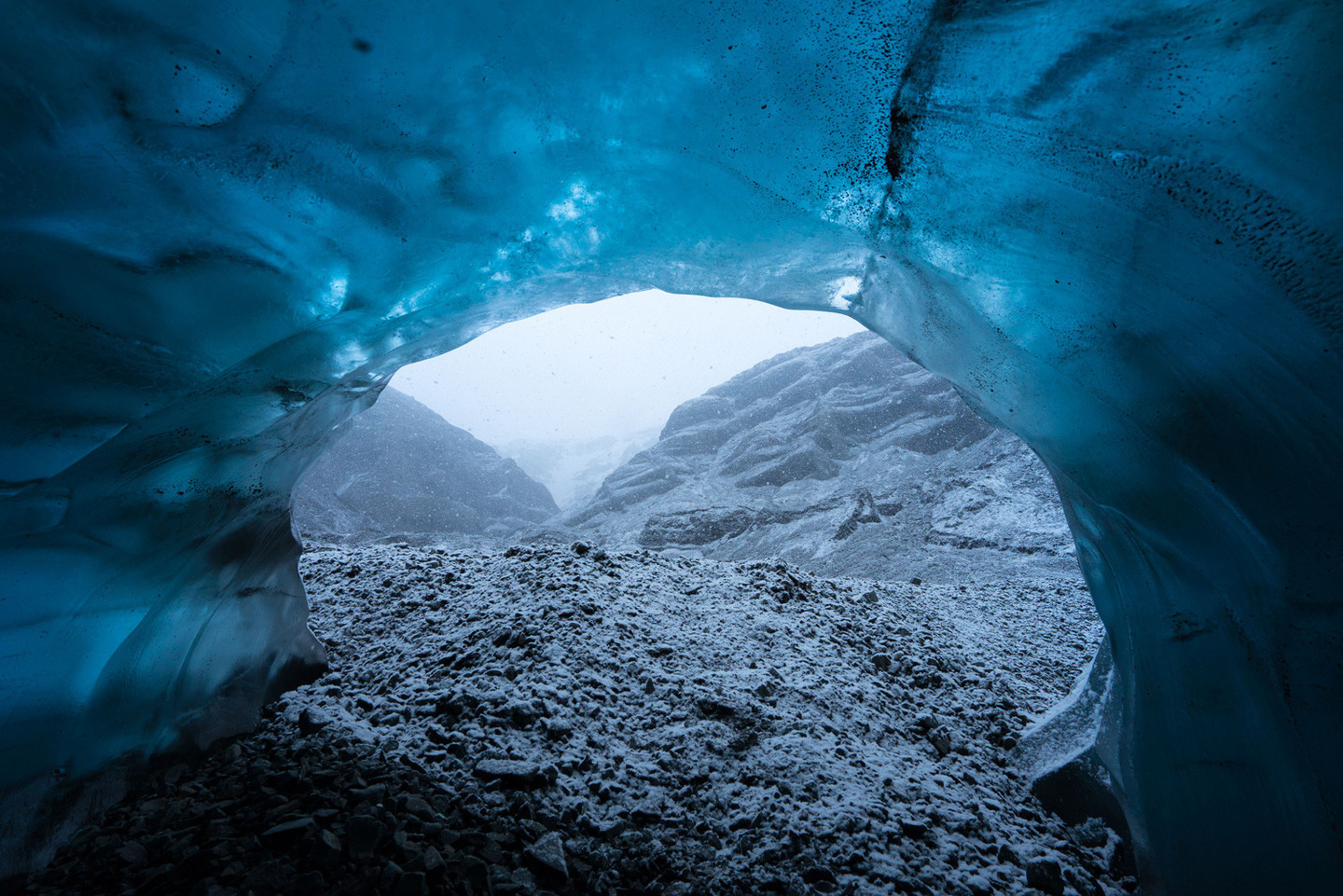
EMBARGOED FOR USE ONLINE AND PRINT UNTIL 00:01 26/11/15Inside the ‘ABC cave’ — which stands for Amazing Blue Cave. This view shows a snow storm outside the entrance to the cave
Photographer explores Vatnajökull glacie using Sony’s back-illuminated full-frame sensor, Iceland — 25 Nov 2015
*Full story: http://www.rexfeatures.com/nanolink/rm22
Photographer Mikael Buck with assistance from renowned local Icelandic guide Einar Runar Sigurdsson, explored the frozen world of Vatnajökull glacier in Iceland using Sony’s world first back-illuminated full-frame sensor, which features in the 7R II camera. His images were taken without use of a tripod or any image stitching techniques in photoshop. This was made possible through Sony’s new sensor technology, allowing incredibly detailed low-light hand held photography. Previously images this detailed would have required carrying bulky equipment to the caves, some of which can require hiking and climbing over a glacier for up to two hours to to access. The images were taken without the use of any external sources — just the natural light that filters through the ice caves.
(Rex Features via AP Images)
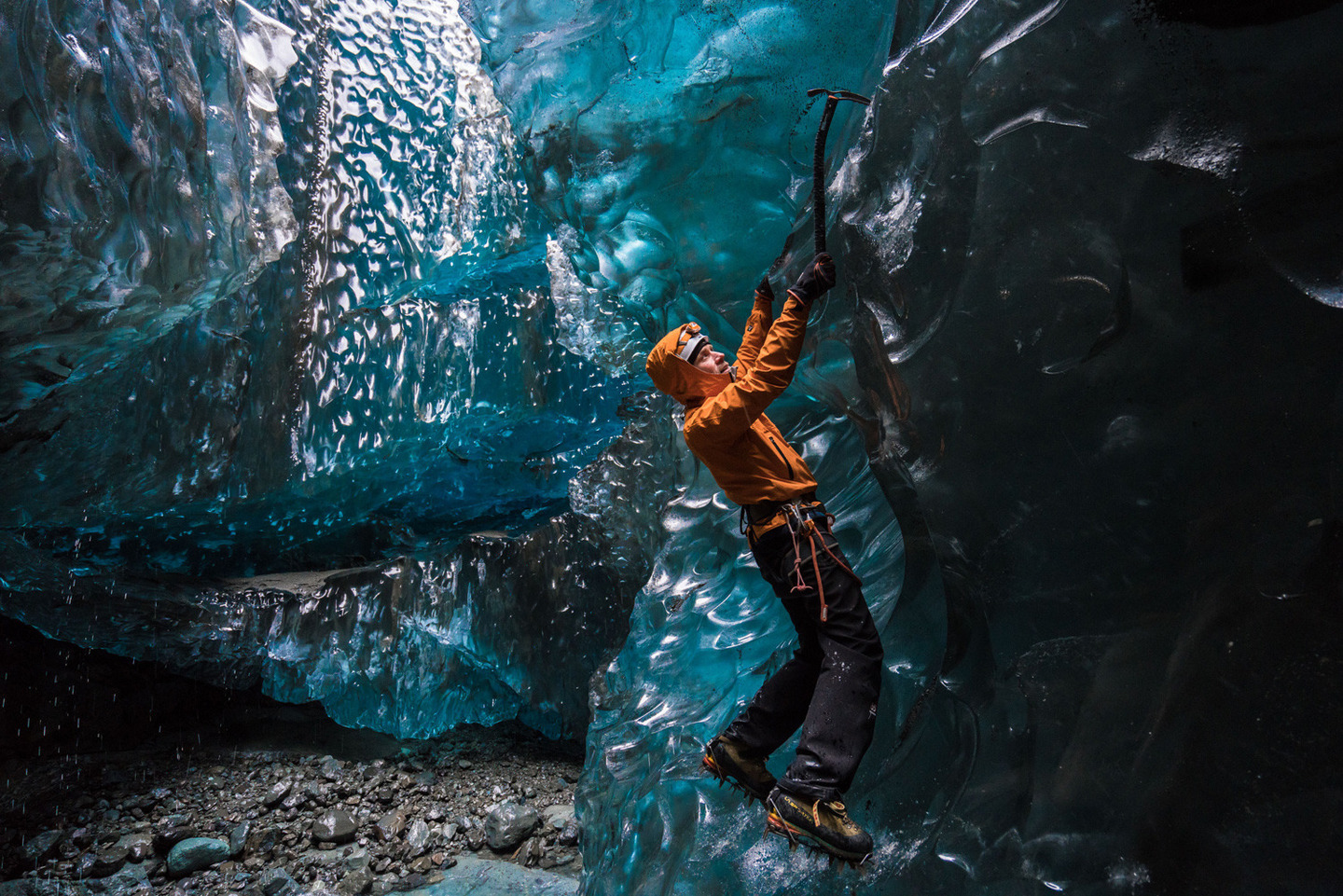
EMBARGOED FOR USE ONLINE AND PRINT UNTIL 00:01 26/11/15Guide Einar Runar Sigurdsson is seen ice climbing inside the ‘Waterfall Cave’
Photographer explores Vatnajökull glacie using Sony’s back-illuminated full-frame sensor, Iceland — 25 Nov 2015
*Full story: http://www.rexfeatures.com/nanolink/rm22
Photographer Mikael Buck with assistance from renowned local Icelandic guide Einar Runar Sigurdsson, explored the frozen world of Vatnajökull glacier in Iceland using Sony’s world first back-illuminated full-frame sensor, which features in the 7R II camera. His images were taken without use of a tripod or any image stitching techniques in photoshop. This was made possible through Sony’s new sensor technology, allowing incredibly detailed low-light hand held photography. Previously images this detailed would have required carrying bulky equipment to the caves, some of which can require hiking and climbing over a glacier for up to two hours to to access. The images were taken without the use of any external sources — just the natural light that filters through the ice caves.
(Rex Features via AP Images)
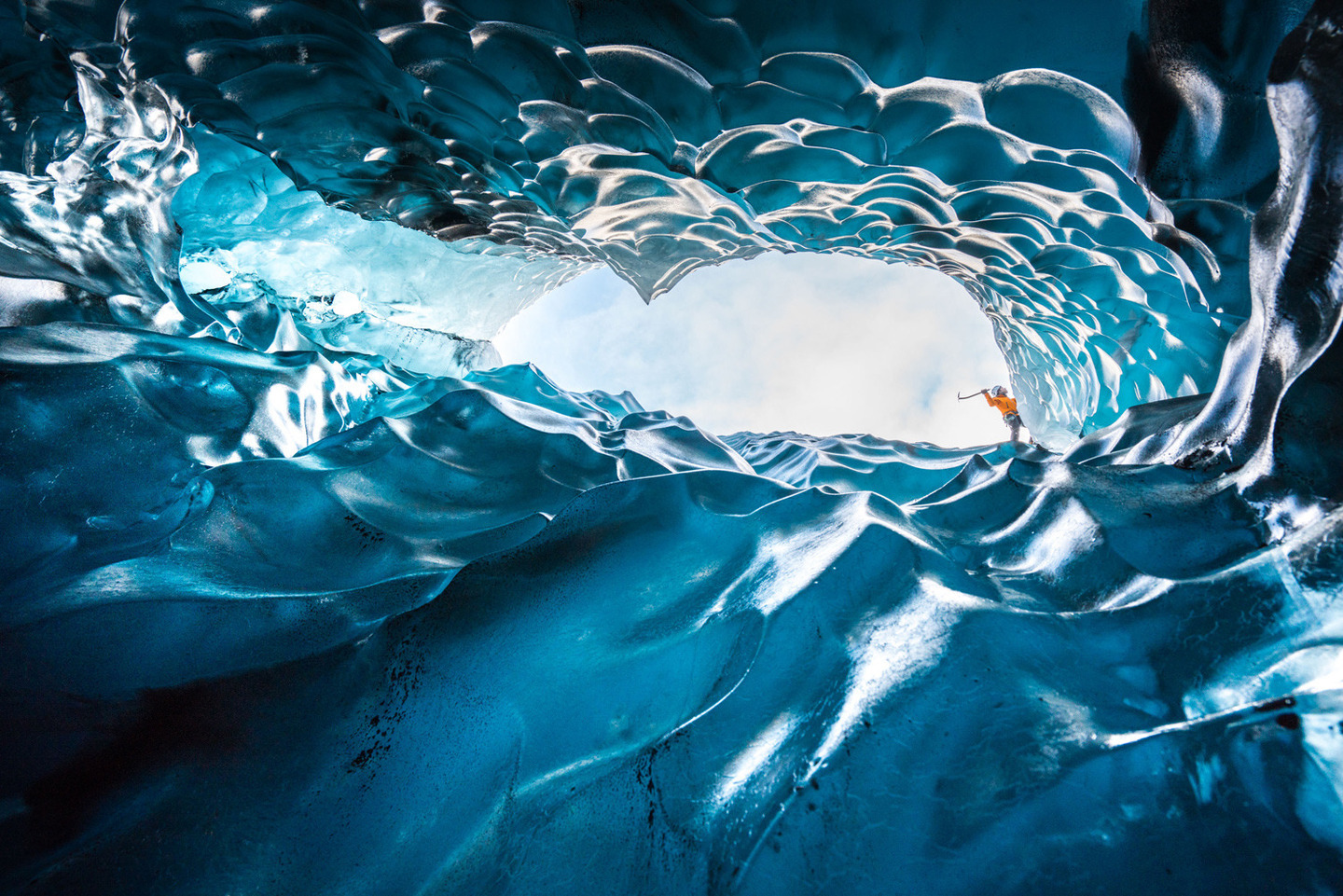
EMBARGOED FOR USE ONLINE AND PRINT UNTIL 00:01 26/11/15Looking up from inside the ‘ABC cave’ — which stands for Amazing Blue Cave. Guide Einar Runar Sigurdsson can be seen ice climbing on the glacier outside
Photographer explores Vatnajökull glacie using Sony’s back-illuminated full-frame sensor, Iceland — 25 Nov 2015
*Full story: http://www.rexfeatures.com/nanolink/rm22
Photographer Mikael Buck with assistance from renowned local Icelandic guide Einar Runar Sigurdsson, explored the frozen world of Vatnajökull glacier in Iceland using Sony’s world first back-illuminated full-frame sensor, which features in the 7R II camera. His images were taken without use of a tripod or any image stitching techniques in photoshop. This was made possible through Sony’s new sensor technology, allowing incredibly detailed low-light hand held photography. Previously images this detailed would have required carrying bulky equipment to the caves, some of which can require hiking and climbing over a glacier for up to two hours to to access. The images were taken without the use of any external sources — just the natural light that filters through the ice caves.
(Rex Features via AP Images)
Политика конфиденциальности | Правила пользования сайтом








